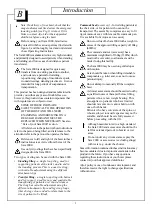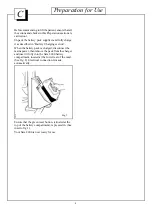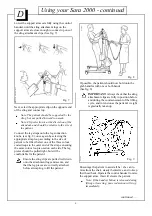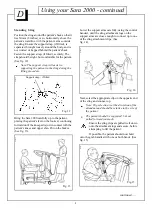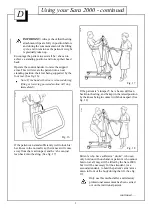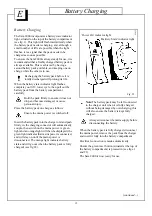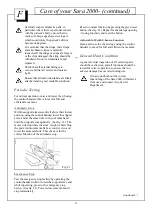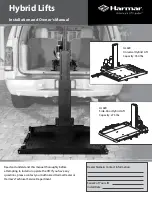
9
IMPORTANT:
Always check that the sling
attachment clips are fully in position before
and during the commencement of the lifting
cycle, and in tension as the patient’s weight
is gradually taken up.
Encourage the patient to assist all he / she can to
achieve a standing position, and to keep their head
back.
Operate the control handset to raise the support
arms. This will elevate the patient into a near
standing position, their feet being supported by the
foot rest. (See fig. 16).
Note: If the handset button is released during
lifting or lowering powered motion will stop
immediately.
If the patient can stand sufficiently well to lock his /
her knees in the normal way, their knees will come
away from the reaction pad, and he / she can just
lean back into the sling. (See fig. 17).
If the patient is “slumped”, he / she can still lean
back into the sling, and be kept in the raised position
by the knees being in contact with the kneepad. (See
fig. 18).
Patient’s who have suffered a “stroke”, who can
only hold on with one hand, or patient’s who cannot
hold on at all, may still be lifted by the Sara 2000,
but it will be necessary for the attendant, (or a
second attendant), to hold the patient’s arm / arms
down in front of the body during the lift. (See fig.
19).
Only use this method after a satisfactory
professional assessment has been carried
out on the individual patient.
P.
10
64
b
Fig. 16
P.
106
4d
Fig. 17
P.
10
64c
Fig. 18
D
Using your Sara 2000 - continued
continued .....



